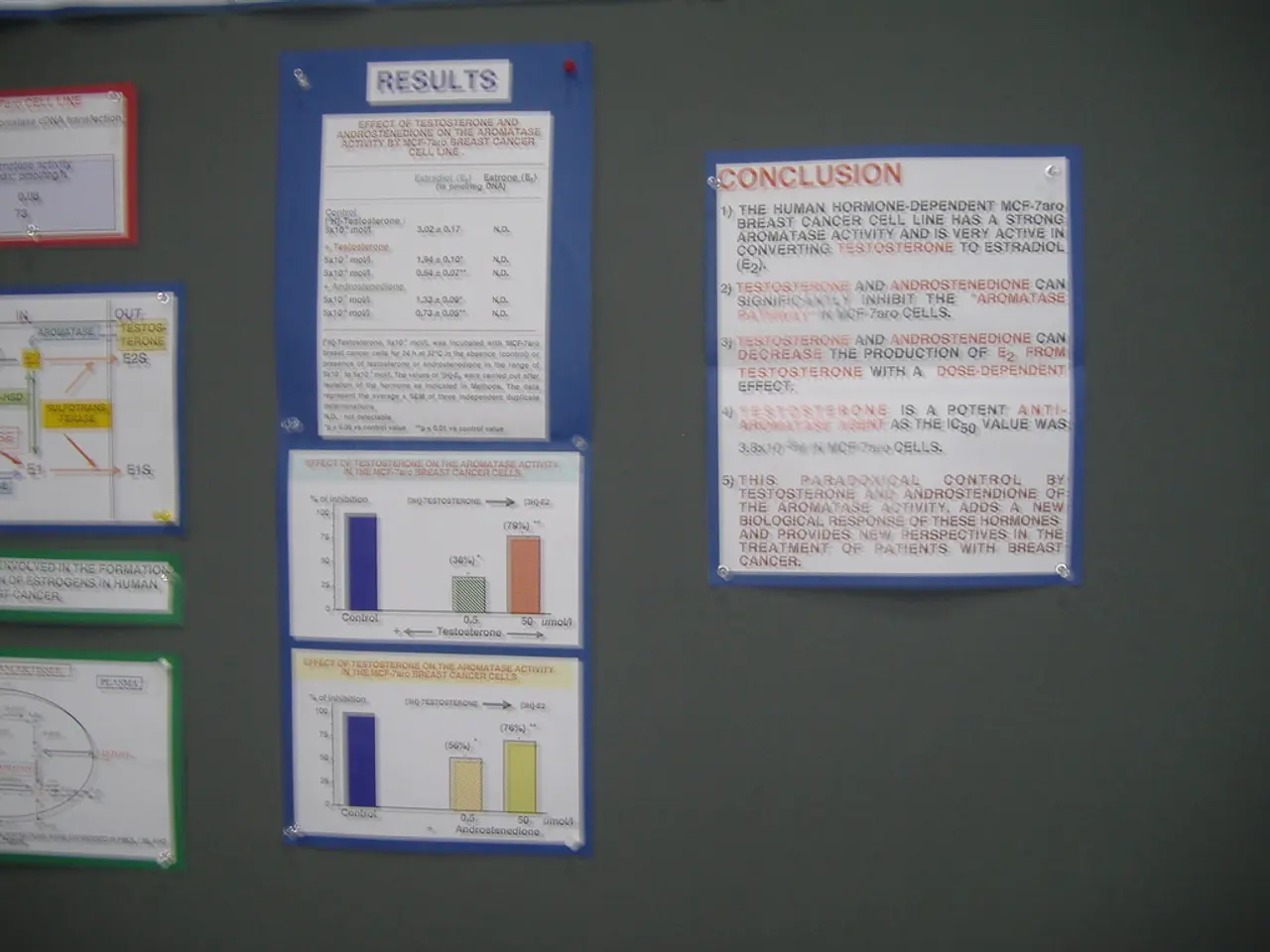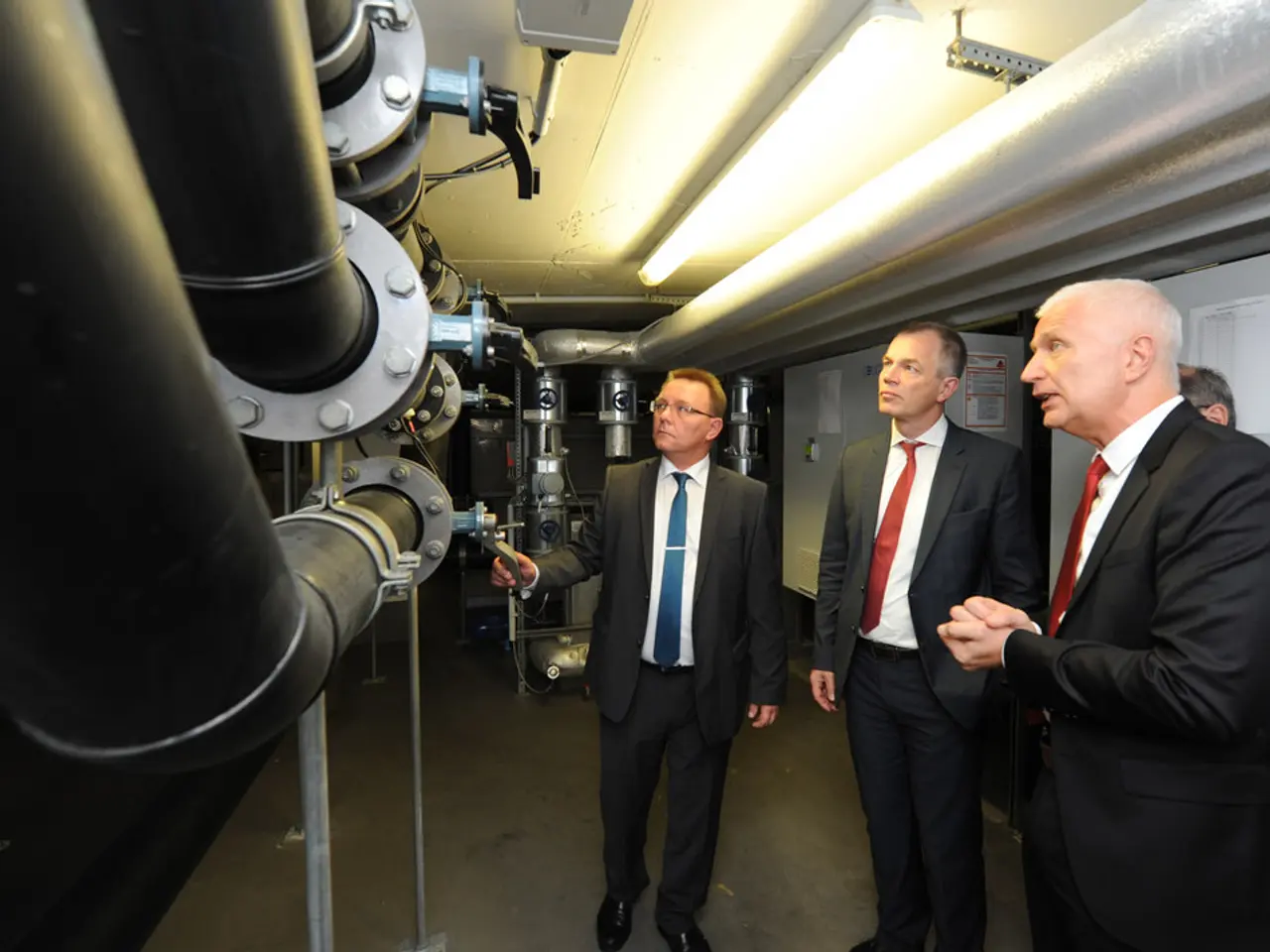GST Celebrates Its Eight-Year Anniversary, Focuses on Structural Rearrangement for Enhanced Revenue Generation
India's Goods and Services Tax (GST) system, a comprehensive consumption tax that celebrated its eighth anniversary, has been aiming to surpass the current plateau of around 6.7% of the country's GDP. The focus is on structural reforms and simplifying the tax system to foster sustainable revenue growth beyond this level.
According to consultancy firm PwC, the next phase of GST reforms should prioritise rationalising rates, reducing blocked credits, broadening the tax base, and removing procedural bottlenecks. This approach is designed to create a more business-friendly environment and restore the GST system's originally intended neutrality and efficiency.
One of the key recommendations is the rationalisation of GST rates. By streamlining and possibly reducing rates, the aim is to make them more benign, which could improve compliance and widen the tax base. This, in turn, would reduce tax evasion and administrative complexities, encouraging more businesses to comply fully.
Another important initiative is the reduction of blocked input tax credits. By aligning with the principle of tax neutrality, reforms aim to minimise blocked credits that currently impede seamless credit flow and create inefficiencies in the tax system.
Broadening the tax base is another crucial step. This involves expanding the number of taxable entities by including more sectors and reducing exemptions, which will boost revenue collections. The taxpayer base has already doubled from 65 lakh in 2017 to over 1.5 crore in 2025, showcasing the potential for further expansion.
Simplifying compliance procedures and minimising regulatory hurdles is also essential. This will ease the compliance burden on businesses, encouraging better adherence and reducing litigation.
The GST council also emphasises the importance of adopting global best practices for dispute resolution. Efficient dispute resolution mechanisms can reduce litigation, improving the business climate.
Leveraging technology is another critical aspect of the reforms. The continued use of data analytics, artificial intelligence, and machine learning is intended to enhance tax administration, compliance monitoring, and fraud detection. Aligning with the digital economy, especially digital services and e-commerce, is crucial for the GST council to capture appropriate tax revenue and keep pace with evolving economic activities.
The GST council's efforts to restore the system's originally intended neutrality and efficiency are vital. These reforms, if implemented effectively, could foster a more business-friendly environment and unlock higher GST revenue productivity in India.
- The focus on structural reforms, as noted by consultancy firm PwC, includes rationalizing GST rates to make them more benign, which could improve compliance and widen the tax base, thus competitive in the global finance and business market.
- By addressing issues such as reduced blocked input tax credits and broadening the tax base, these reforms aim to create an efficient DEFI (Decentralized Finance) and economy where businesses can operate seamlessly and reduce tax evasion, contributing to the overall growth of the nation's finance and business sector.
- Apart from simplifying compliance and minimizing regulatory hurdles, the GST council's adoption of global best practices for dispute resolution, leveraging technology, and aligning with the digital economy will enable India's GST system to effectively address emerging economic activities in the market, ensuring sustainable growth for the country's finance, business, and economy.






